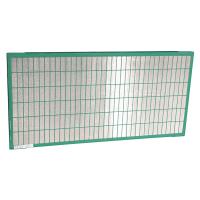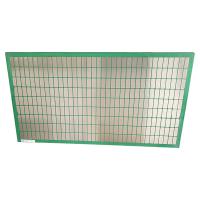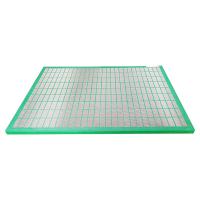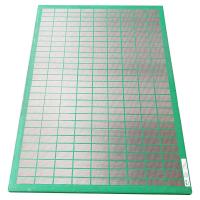As one of the leading brands for separation solution providing, GN Solids Control has been giving equipment and solutions to many companies in different industries, including the environmental protection companies. By end of last year, GN Solids Control has fabricated a vibration screen unit for this company.
1. What is a vibration screen?
In all solids and liquid separation works, there should be a vibration screen unit as the 1st step separation. It is pure physical separation, but the most efficient and accurate one. Because by using suitable mesh size screens and a vibrating shaker with right G force, the most solids would be separated out thoroughly.
2. How to feed the vibration screen?
Vibration screen could be fed by a pump from outside the screen, the pumped up material will falls into a hopper or a box above the screen end, then falls evenly onto the screens. Normally there are 3 or 4 pieces of screens, located in a line. The total length from the inlet end to the discharge end is the route for material. There is a slope of screens, no bigger than 5 degrees, with the discharge end a bit higher, in order to avoid the material from falling directly to the discharge without being separated. A linear force will lead the material to jump to a height, in the direction to discharge end. In this way, the material hops to the discharge and during hopping, the liquid phase falls through the mesh into the catch tank below the shaker, then to be pumped to next step separation.
3. What factors affect the vibration screens?
An good performed vibration screen has following important components: high quality shaker screens with high conductance and strong structure, strong enough vibrating motors and a well-designed structure of its own. GN’s vibration screens are equipped with stainless steel shaker deck, using Oli or Martin vibrating motors and GN has a shaker screen producing line equipped with robots cutting and welding.
For more information, welcome to contact GN directly.






